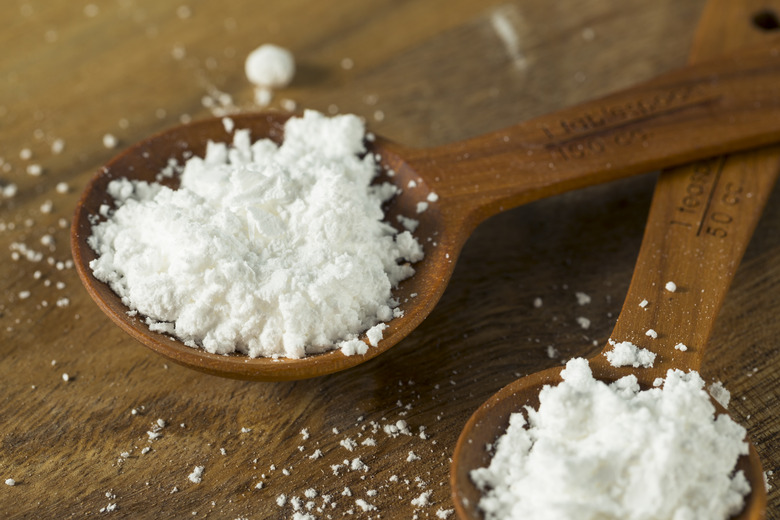How To Prepare A Glucose Solution
What you refer to as blood sugar is actually glucose, a simple sugar that comes from the carbohydrates you eat and that converts to an important energy source for the body. In powdered form, glucose is combined with other sugars and added to food to make it sweeter, or used as a nutritional supplement for athletes. It's easy to prepare a glucose solution at home to use for a number of experiments.
When a known quantity of glucose is mixed with a known quantity of water, it is known as a standard glucose solution. Scientists use standard glucose solutions to measure the concentration of glucose in an unknown solution. Glucose solutions are also used in a number of research experiments and to measure blood glucose levels in people with diabetes or suspected diabetes. These tests measure whether the body can cope with large amounts of sugar. If the blood sugar recorded in the test is higher than a certain point, the cells in the body may not be absorbing enough sugar, which may be caused by diabetes.
Things Needed
- Powdered glucose
- Spoon
- Scales
- Deionized water
- Beaker
- Stir bar
- Hot plate with stir function
1. Work out the Total Volume and Percentage Glucose Solution
To work out how much glucose you need to make a solution of a given percent, multiply (mass/volume) by volume, bearing in mind that 1 g in 100 ml is a 1 percent solution. For this example, if you want to make a total solution of 500 ml of 20 percent glucose, multiply (20/100) by 500. The answer is 100, so you need 100 g of powdered glucose. (If you were making a 10 percent glucose solution, the calculation is (10/100) x 500, and the answer is 50 g).
2. Pour 250 ml of Deionized Water Into a 500 ml Beaker
Insert a stir bar and sit the beaker on a hot plate. Turn on the heat and stir functions. Let the water heat up, but don't bring it to boiling point, as this will stop the glucose going into solution.
3. Measure out 100 g of Powdered Glucose and Add It to the Beaker
Stir the solution over heat for a few minutes. Glucose dissolves in water because the glucose molecules and the water molecules attract each other; glucose has lots of polar hydroxyl groups to hydrogen-bond with polar water molecules.
4. Add More Deionized Water to Bring the Total Volume up to 500 ml
Your glucose solution is now ready.
TL;DR (Too Long; Didn't Read)
Use your glucose solution to carry out experiments on dissolution, oxidation and fermentation.
Cite This Article
MLA
Gillespie, Claire. "How To Prepare A Glucose Solution" sciencing.com, https://www.sciencing.com/prepare-glucose-solution-6966226/. 26 April 2018.
APA
Gillespie, Claire. (2018, April 26). How To Prepare A Glucose Solution. sciencing.com. Retrieved from https://www.sciencing.com/prepare-glucose-solution-6966226/
Chicago
Gillespie, Claire. How To Prepare A Glucose Solution last modified March 24, 2022. https://www.sciencing.com/prepare-glucose-solution-6966226/
